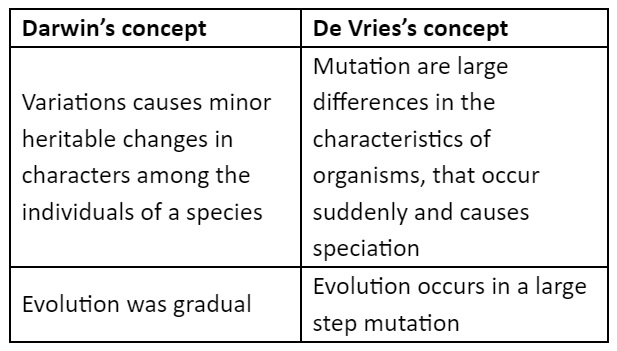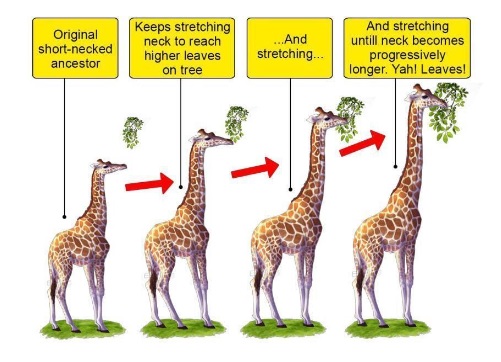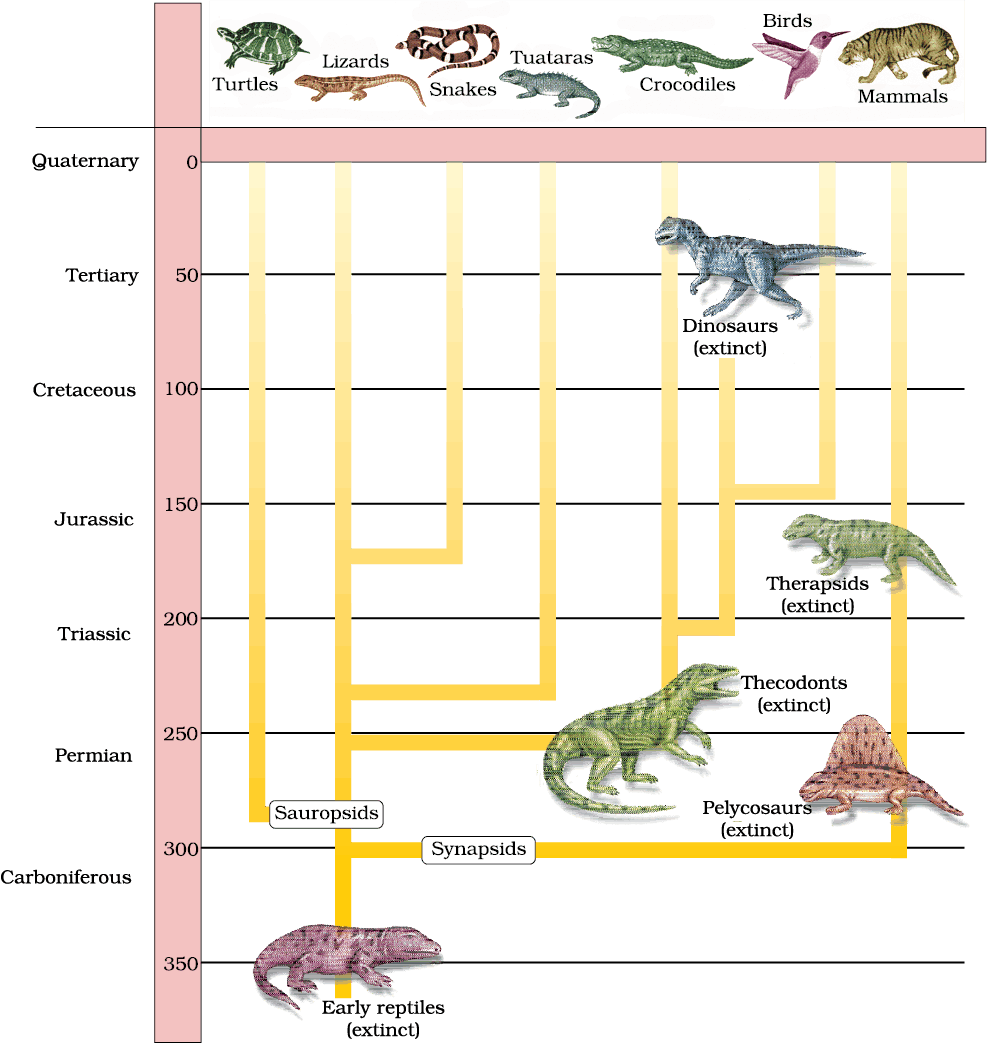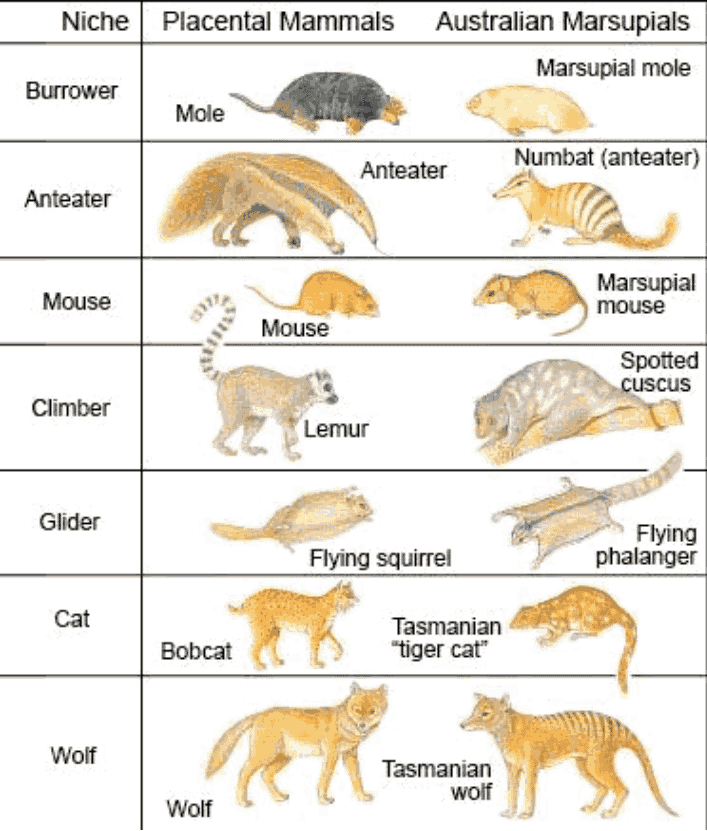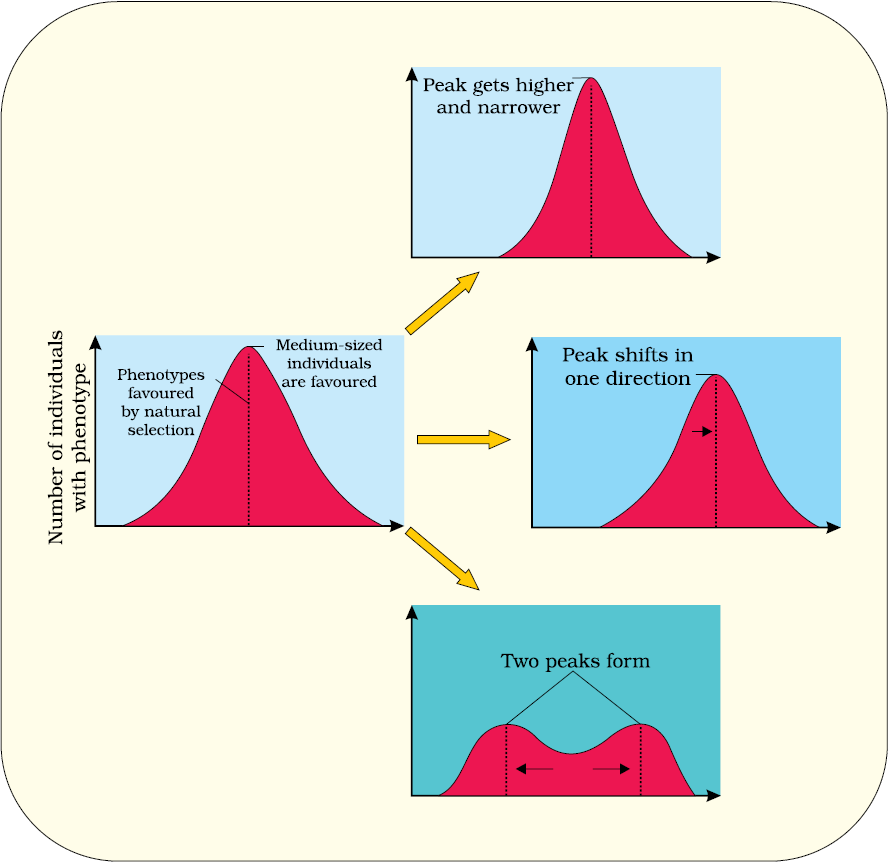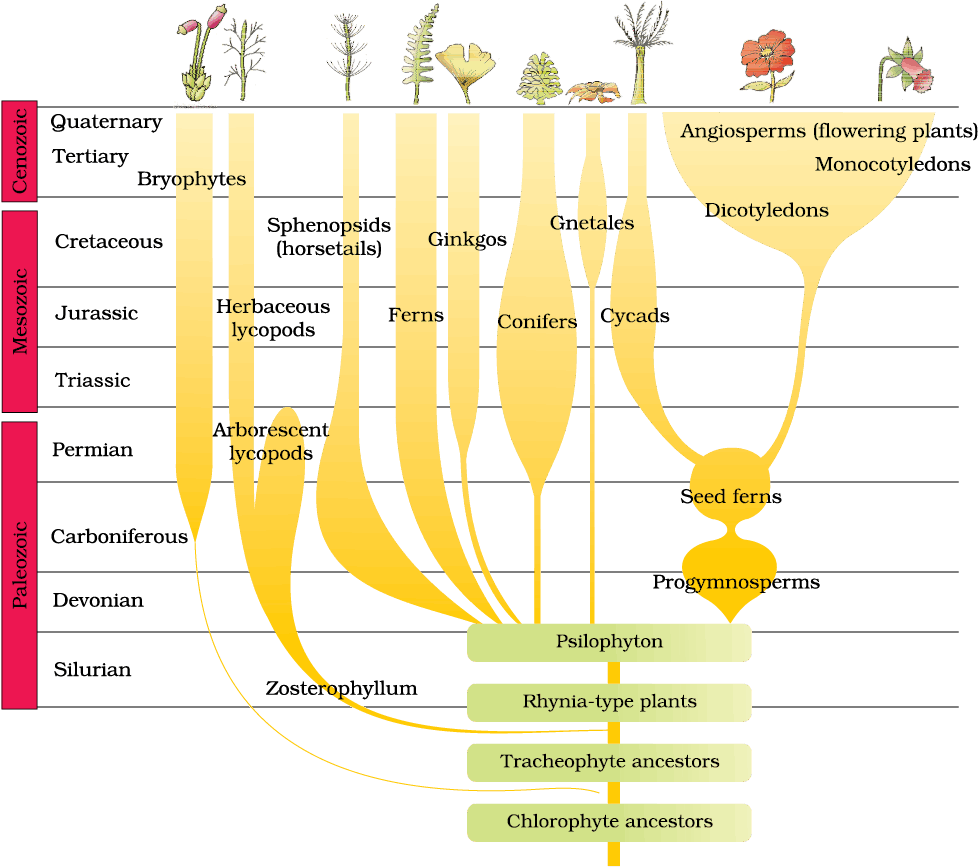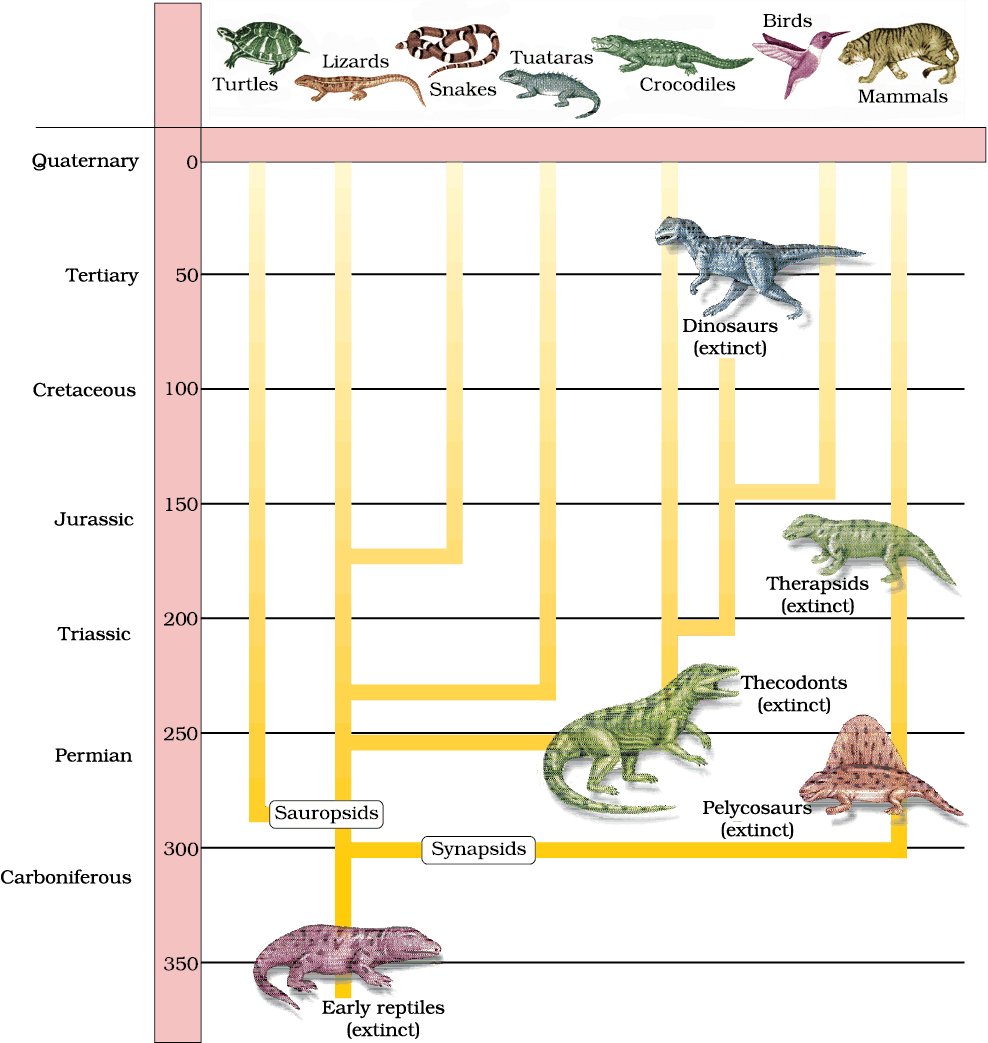Biology Chapter 6 Evolution Notes Class 12 PDF - FREE Download


FAQs on Evolution Class 12 Notes: CBSE Biology Chapter 6
1. What evidence supports the theory of evolution in Class 12 Biology Chapter Evolution Notes?
Evidence supporting evolution includes fossil records, comparative anatomy, embryology, and molecular biology.
2. What are the important concepts of Chapter 6 Biology Class 12?
The essential topics and concepts of Chapter 6 Biology Class 12 are “The Big Bang Theory”, Condition of Early Earth, Origin of Life, Louis Pasteur Experiment, Oparin-Haldane theory of Origin of Life, Urey and Miller Experiment, Acceptance of Chemical Evolution Theory, Theory of Origin of Species By Natural Selection, Paleontological Evidence, Comparative Anatomy and Morphological Evidence, Divergent Evolution, Convergent Evolution, Biochemical Evidences, Embryological Support for Evolution, Evolution by Natural Selection, Evolution by Anthropogenic Action, Darwin’s Rule, Australian Marsupial, Biological Evolution, Lamarck Theory of Evolution, Mechanism of Evolution, Hardy Weinberg Principle, Operation of Natural Selection on Different Trait and Origin and Evolution of Man.
3. What is Hugo de Vries theory of mutation?
Hugo de Vries's theory of mutation differs from the one Darwin stated. He said that evolution is caused by mutation and not because of minor variations. He also mentioned that mutations are random, sudden, and do not have any direction. Plus, mutation leads to a huge amount of changes, resulting in speciation termed it saltation.
4. How to make a study plan for Class 12 Biology Chapter 6?
In order to attain high scores, it is important for the student to plan out an organized routine, where each topic of the chapter is allotted equal hours of time. Secondly, the student has to read the chapter thoroughly before referring to the NCERT solutions. For a subject such as Biology, it is important that the student marks the important names and portions and retains them in their memory. Furthermore, diagrams are an integral part of Biology, therefore it also becomes important for the student to practice the diagrams and their labelling. For easy solutions, students can also refer to NCERT notes for Class 12 Biology.
5. What does the Big Bang theory talk about?
The Big Bang theory tries to bring forth the mysteries associated with the origin of the universe, where it explains that a single huge explosion led to the expansion of the world. This resulted in the lowering of the temperature. The gases that were present, such as helium and hydrogen condensed under gravitation resulting in the formation of the galaxies that are known today. All these concepts can be understood in detail when the student goes through the chapters and analyzes the concepts through the reading.
6. What is the evidence for evolution?
The main and prominent evidence that points towards the process of evolution is the discovery of fossils in various time periods in history. These fossils are found in the rocks where the different rock sediments point towards the existence of various life forms. The study of these fossils helps in the understanding of the time period when that particular organism might have existed. This also asserts the fact that different life forms have existed and vanished at different points in the history of the earth. It is important for the student to have an understanding of this to be able to comprehend the various processes that entail evolution.
7. Is Class 12 Biology Chapter 6 easy to understand?
With practice and persistence, one can always change their weaknesses into strengths. For Chapter 6, it is important for the student to mark the different biological names and retain these in order to do well in the examination. Apart from this, it is also important for the student to understand the various processes and steps that are taught in the syllabus and make a flow chart so that it becomes easier to avail them in the time of need. Once the student is thoroughly prepared and confident with all the concepts present in their syllabus, the learning process will eventually become easier for them.
8. What does adaptive radiation mean?
It is the process through which any given species goes through diverse changes from their ancestral form into new species. This happens due to the change in the environment, due to which the species have to adapt themselves, thus changing some of their features and attributes. One important example of this is Darwin's Finches. Darwin had noticed that there were many varieties of the finches that had evolved based on their needs on the same island. Originally they had seed-eating features, but with time there evolved finches who ate insects.
9. How can Evolution Notes Class 12 help with exam preparation?
Evolution Notes Class 12 PDF summarises important concepts and includes practice questions, making them useful for revision and exam preparation.
10. How detailed are Vedantu’s Evolution Notes on Darwin’s theory of evolution?
Evolution Class 12 Notes provide a comprehensive overview of Darwin’s theory, including key concepts like natural selection, survival of the fittest, and examples of evolutionary changes.
























